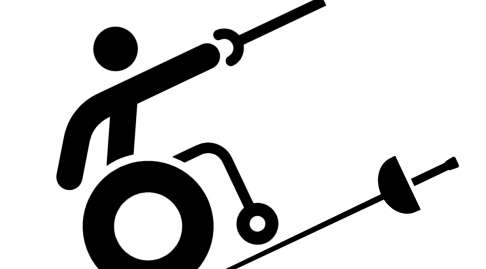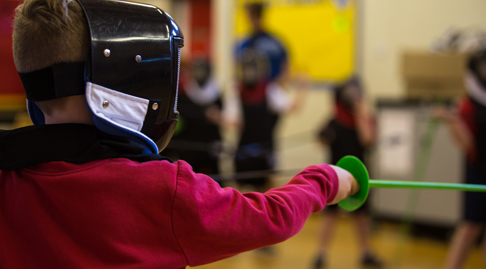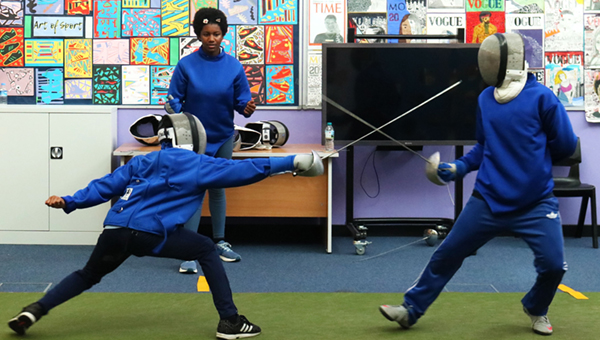

Our page on Accessible Venues has more information about how to make the training environment more disability inclusive.





Activate your free, 90 day membership to British Fencing today. Membership insures you to fence at any British Fencing club.
Join Today
Does your organisation want to bring fencing to your community? Explore our core coach course, no experience required.
Core Coach
Start your journey to becoming a community fencing coach. Introduce fencing to pupils for as little as £25. Find out more today.
Learn More
Sign up to receive regular highlights from the exciting world of fencing - celebrating the best of our unique and inspiring community